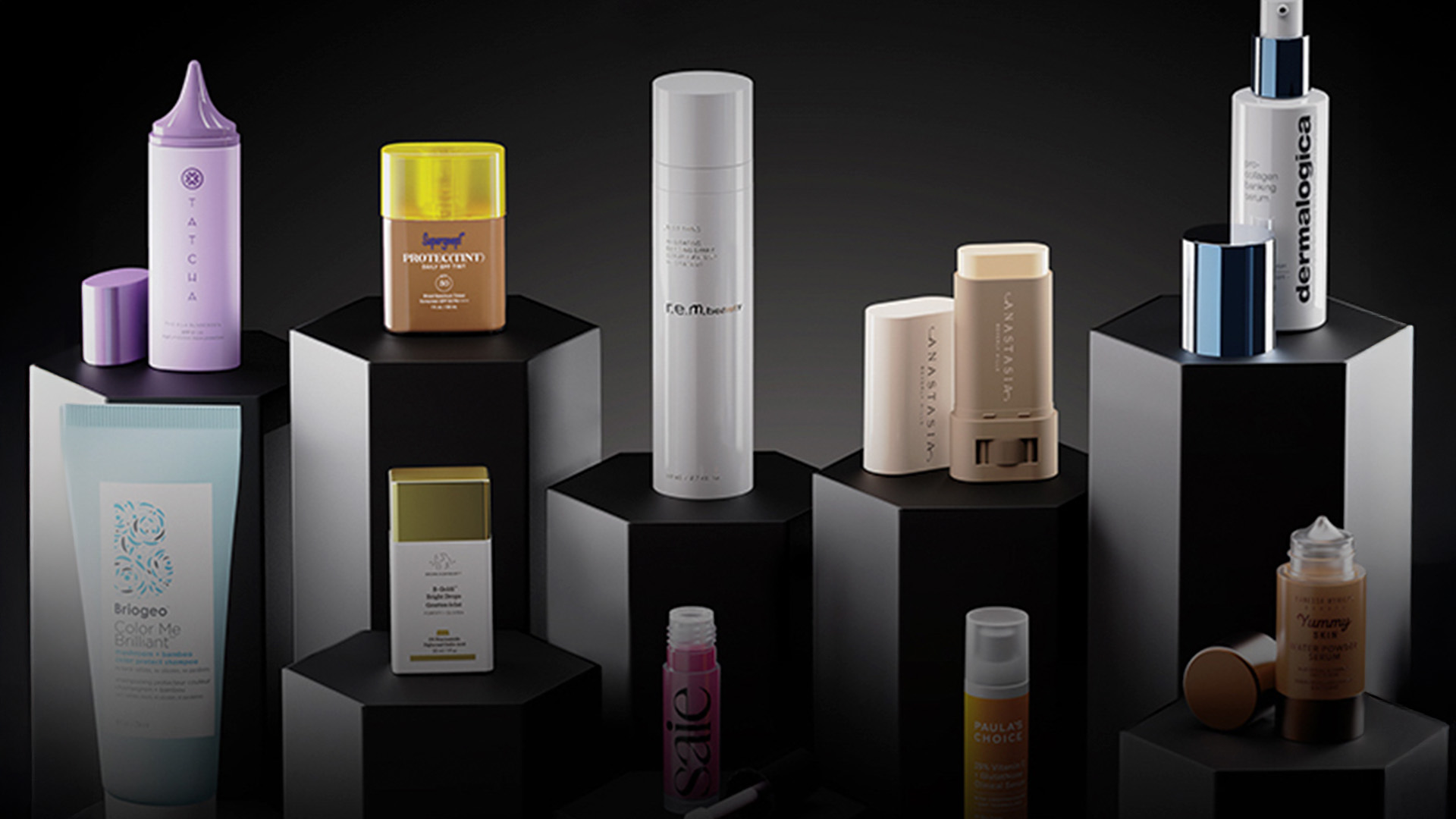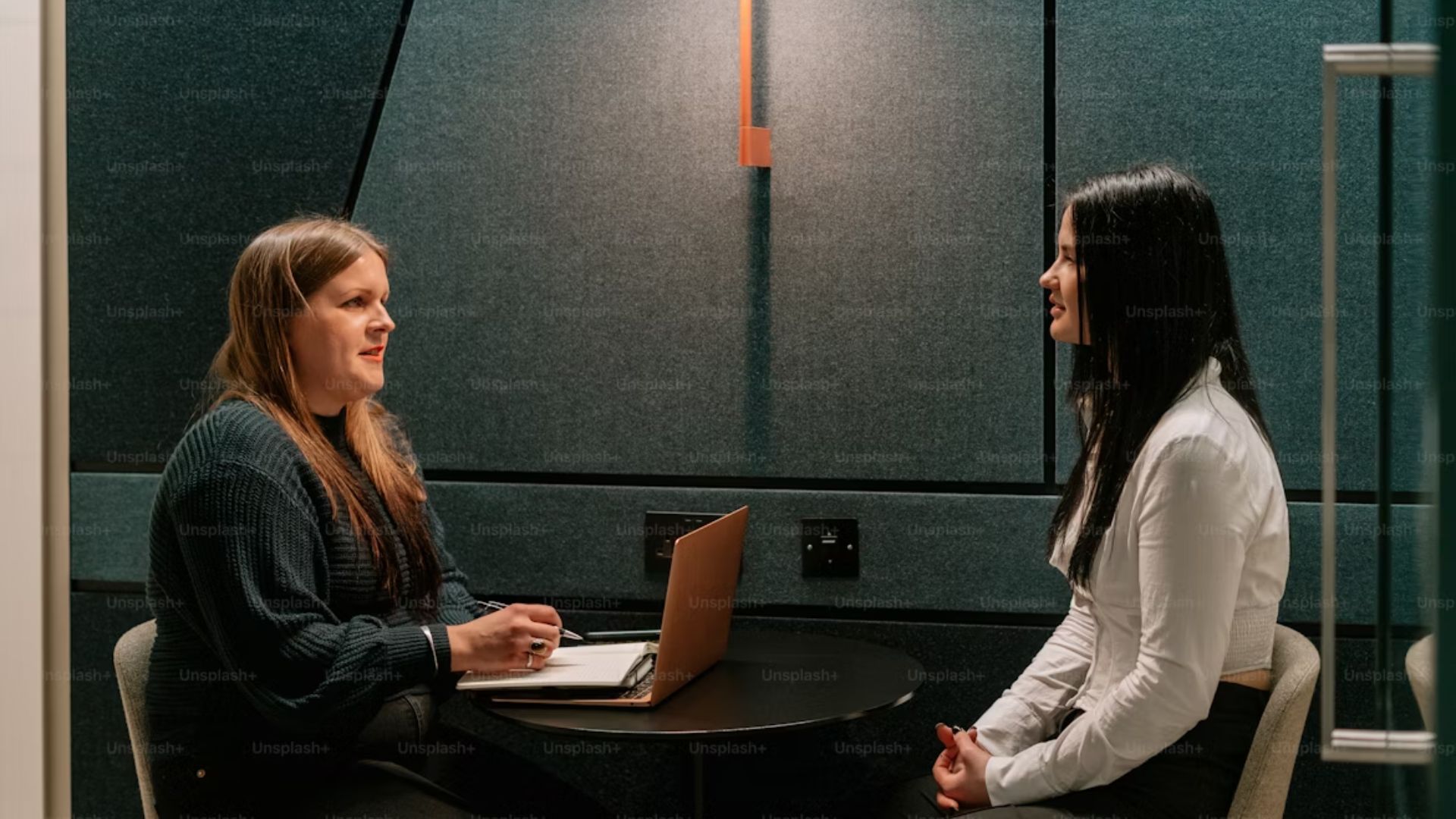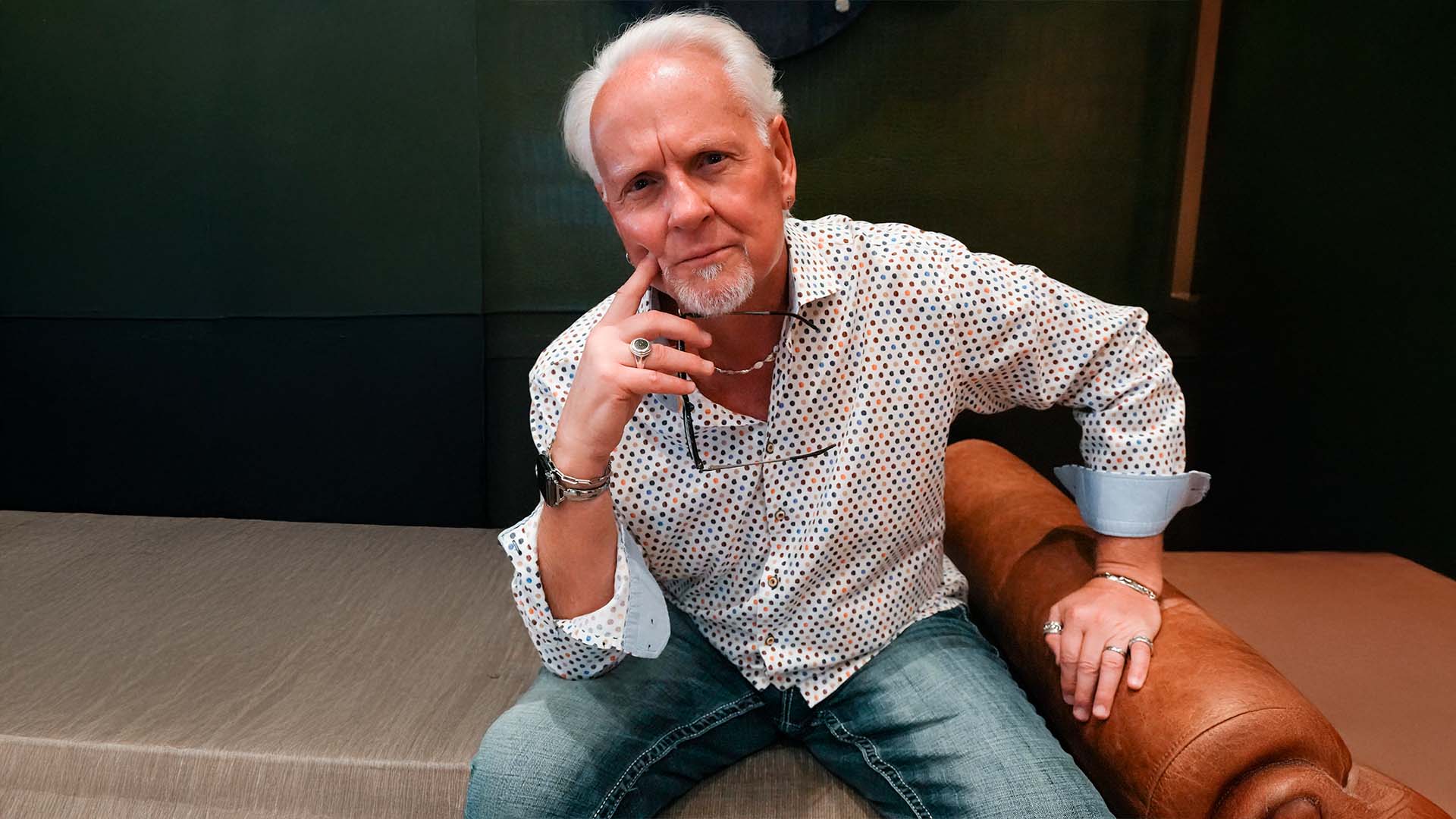In the beauty industry, engagement with a product often begins well before the formula is applied. The first moment of connection is visual, sparked when a consumer encounters the packaging on a shelf or online. Packaging in this sense becomes a strategic medium. “It needs to communicate the brand values or the product features to make the consumer understand what they’re getting before they get into the contents inside,” says Alexander Kwapis, VP at FusionPKG, co-founder of Wild Dirt, and an award-winning cosmetic packaging designer.
A well considered design sets expectations and tone, whether through a clinical silhouette that signals efficacy, a playful palette that appeals to younger audiences, or visual cues that highlight scientific innovation. “Thinking about every touch point you have, including the package, is a chance to elevate the user experience and communicate your values as a brand,” says Kwapis. When done well, packaging serves as a guidepost, helping consumers choose with confidence whether scrolling on a phone or standing in a retail aisle.
From Mass Appeal to Micro-Niche Relevance
Skincare, like many products and services, has seen a shift toward more individualized solutions and experiences. Kwapis observes that as consumers embrace this individuality, brands have become “focused more and more on niche consumers.” He sees the most agile moves coming from early stage companies that build tight feedback loops and refine fast. “Startups really listen to their community,” he says. “They can find their core consumer and build upon that more quickly than larger legacy brands.”
The lesson for established players is not to mimic indie aesthetics, but to embed operational mechanisms that capture and act on signals, from social comments to loyalty data. That shift shows up in assortments that are narrower and deeper, with targeted solutions for curly hair control, color protection, or skin tone nuance rather than a single generalist promise. “What you’re seeing is brands transitioning to very focused consumer needs, both in look and feel and in the product itself,” Kwapis says.
Digital Guidance, Physical Delight
Personalization is the choreography between digital guidance and physical delight. AI-assisted diagnostics and quizzes can help match users to the right product within a brand’s micro-portfolio, and to retail tools that make in-store advice more objective. “These tools are helping the consumer navigate what is the best product for them,” he says, noting how these systems increasingly power experiences at both brand and retailer levels.
“As AI and other digital tools advance, the marriage of digital assets with physical assets should create a brand language that feels cohesive, whether you are on a website or holding the product,” he says. Smart packaging is one frontier, yet cost and sustainability create constraints. Refill systems need loyalty, while beauty shoppers enjoy trying what is new. The design challenge is to create systems that welcome experimentation without locking consumers into a proprietary system that forces them to buy only one brand’s refills or devices, limiting the freedom to try new products.
Modularity as a Strategy, Not a Compromise
To reconcile customization with cost and speed, Kwapis champions modularity. At FusionPKG he pursues universal platforms that can be uniquely expressed through interchangeable components. “My design philosophy is to create universal packages set up for modularity,” he says. “You can simply change a cap or an actuator and, through decoration, make the package feel unique to you without having to spend money on molds.” That approach compresses development timelines, reduces risk, and gives brands more shots on goal across limited editions, retailer exclusives, and region-specific runs.
Modularity also unlocks new forms of engagement. Kwapis cites lessons from luxury where refillable lipstick outers morphed from a sustainability tactic into a personalization accessory. Consumers began collecting cases to match looks and moods, much like phone covers. “Brands need to find the products where people have strong loyalty and make those customized and interesting,” he says. The same principle could extend to categories like mascara, where long-term product fidelity creates space for aesthetic self-expression around the package.
The Next Layer: Industrialized 3D Printing
Kwapis believes industrialized 3D printing can bring mass-personalization to scale. “Technologies like 3D printing, as they mature, will allow for unique user experiences and even customization,” he says. By producing limited runs of caps, sleeves, or decorative over-parts without new tooling, brands can test micro-trends in real time, localize designs, and reward loyalty with artifacts that feel personal. When paired with AI-led product matching and a coherent brand language, this capability turns packaging into a living platform that evolves with the consumer.
Through it all, Kwapis returns to authenticity. “Know your mission and who your customers are,” he says. “Deliver products that meet their needs and align with what you are looking to do.” In his view, the future of user engagement is neither purely digital nor purely physical. It is the thoughtful integration of both, supported by modular systems that make personalization viable and by design choices that help people feel seen.
Follow Alexander Kwapis on LinkedIn, or visit his website, for more insights on sustainability and user engagement in the beauty packaging industry.





